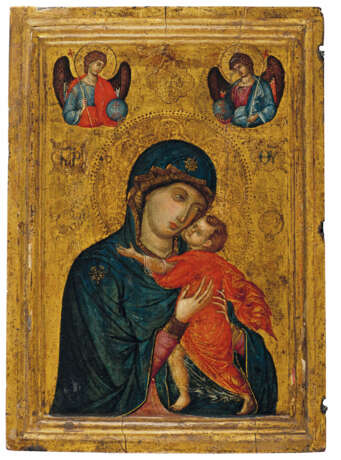ID 761490
Lot 114 | ÉCOLE VÉNITIENNE VERS 1320
Estimate value
€ 120 000 – 180 000
| Applied technique: | Oil on panel |
|---|---|
| Art style: | Old Masters |
| Place of origin: | Italy, Europe |
| Auction house category: | Paintings |
| Applied technique: | Oil on panel |
|---|---|
| Art style: | Old Masters |
| Place of origin: | Italy, Europe |
| Auction house category: | Paintings |
| Address of auction |
CHRISTIE'S 9 Avenue Matignon 75008 Paris France | ||||||||||||||
|---|---|---|---|---|---|---|---|---|---|---|---|---|---|---|---|
| Preview |
| ||||||||||||||
| Phone | +33 (0)1 40 76 85 85 | ||||||||||||||
| Fax | +33 (0)1 40 76 85 86 | ||||||||||||||
| Conditions of purchase | Conditions of purchase | ||||||||||||||
| Shipping |
Postal service Courier service pickup by yourself | ||||||||||||||
| Payment methods |
Wire Transfer | ||||||||||||||
| Business hours | Business hours
|





